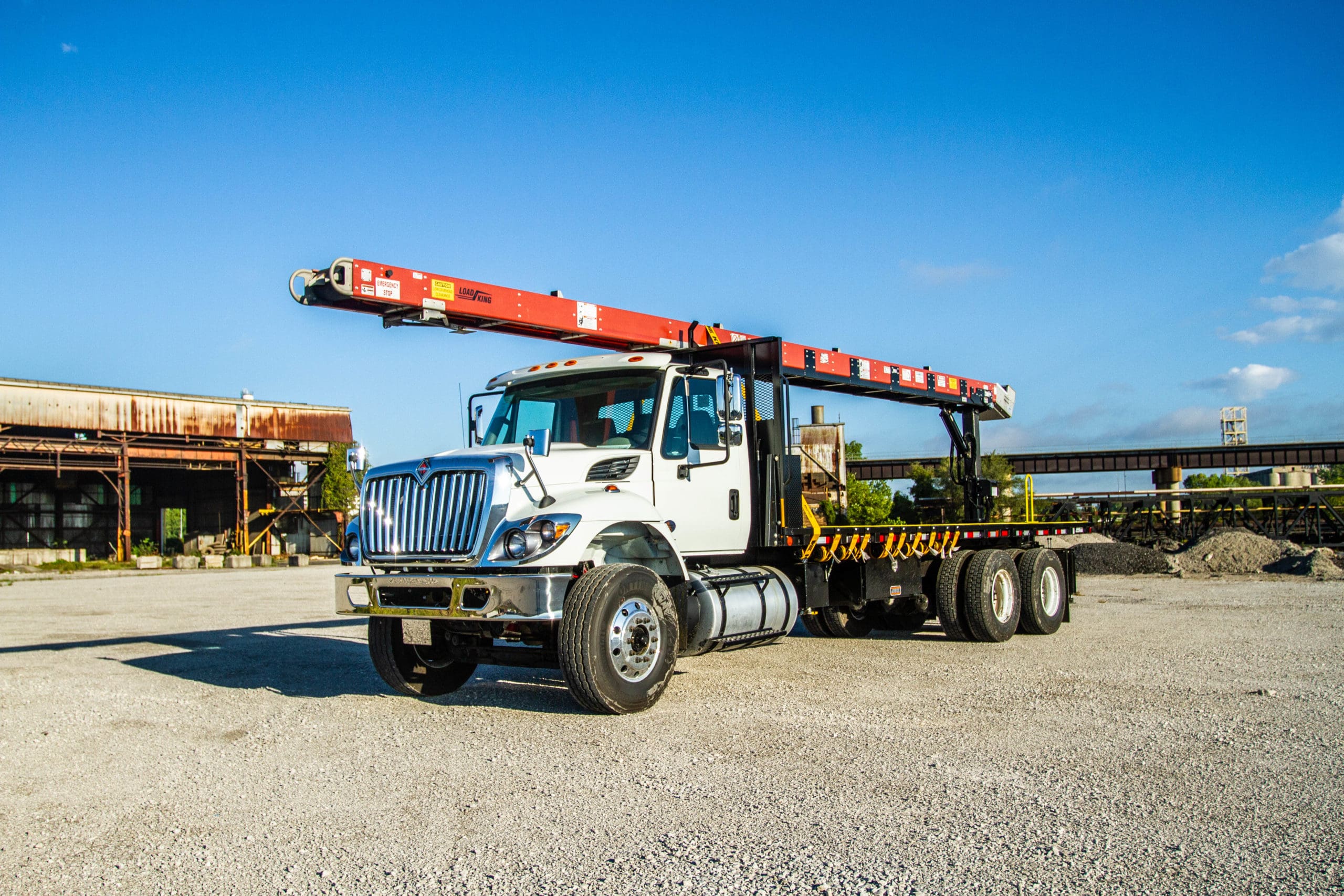
There’s nothing like a roofing conveyor to accelerate the job of moving shingles, tools, bricks, and other material to your rooftop projects. You no longer need to physically carry these materials onto a roof anymore. Just lay them on the conveyor belt, and up or down they go!
But, like all equipment, roofing conveyors need proper maintenance to stay in prime working order. Nobody wants to deal with equipment failure in the midst of a project, so we’re going to help you avoid such a scenario with some proven maintenance tips:
# 1: Choose a Reliable Technician
When selecting a maintenance technician, don’t look for the cheapest option available. Your roofing conveyor is an expensive piece of equipment and the maintenance technician needs to know the workings of your roofing conveyor inside out and detect even minor problems before they escalate into something big and, maybe, beyond repair. Even better, you can have a maintenance technician on standby at your job site to deal with any technical issues in your roofing conveyor. Workers operating your conveyor should also have a basic idea of how to fix minor problems, where a simple twist of the screwdriver would do!
# 2: Be Ready for Parts Replacement
Machinery can break down at any time, often due to wear and tear. Machinery failure can delay work, and time is money. Keep critical spare parts for your roofing conveyor handy, just in case. Maintain a list of suppliers who also keep spare parts in stock.
# 3: Be Vigilant About Maintenance Checks
Just as you get your car regularly checked, the same principle applies for roofing conveyors. Regular checks, preferably before and after a job, will help keep your roofing conveyor in perfect working condition.
Again, just as with your car, follow the regular service schedule. Missing out on even one could have disastrous consequences, costing you time and money. The dealer or supplier can help you by chalking out a proper maintenance plan. Your maintenance technician or supplier can come in for periodic inspections of the equipment. They are experts and will be able to spot even the most minor problem through a system audit before it snowballs into something worse. It is also important to keep maintenance records for everyone’s convenience.
# 4: Be Aware of Industry Upgrades
Your roofing conveyor has been doing a great job for you, but before your know it, it may have become obsolete as upgraded versions have taken its place. You may find it is no longer being manufactured. If you feel your roofing conveyor may become outdated, keep plenty of spare parts in stock. While stocking spare parts may seem like a needless expense, you will find it is MUCH cheaper than replacing your entire rooftop conveyor.
# 5: Always Think Ahead
You may find your rooftop conveyor is not working properly due to a bearing problem. It is easy to simply replace the bearing, but it would be even better if you replace both bearings. One bearing going bad means the other one will, too, at some stage. Best to be one step ahead. Intelligent fixing is the catchphrase here.
# 6: Locate Problems Early
If your roofing conveyor starts emitting an odd sound, something is clearly wrong. You and your team need to keep your eyes and ears open for signs of your equipment acting up. Again, think of your car. That rattling sound should NOT be there. It’s no different for your rooftop conveyor.
Good luck!

